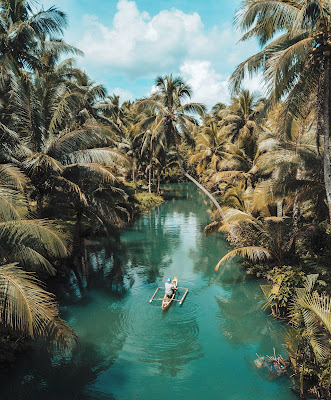What is Tourism/Tourist Destination
1. A spot or region that is reliant essentially on the fascination assets to produce its pay.
2. Agglomeration of organizations and associations associated with creating and advertising the general the travel industry item inside a topographical zone; vital unit giving all important assets whose coordinated exercises permit vacationers with the sort of encounters they anticipate.
3. A geographic zone comprising of a lot of assets and attractions that is visited by travelers.
4. Agglomeration of organizations and associations associated with delivering and promoting the general the travel industry item inside a topographical region; key unit giving all fundamental assets whose incorporated exercises permit vacationers with the sort of encounters they anticipate.
The destination must make use of its abilities, resources and opportunities from the environment in order to create the maximum value and therefore be successful. The tourist destination can meet the needs of its consumers better than its competitors by analyzing the marketing environment (M. Djurica & N. Djurica 2010).
Gunn (1988) stated that tourism attractions form an essential part of tourism destinations and that they are one of the four key segments of the tourism system.
Attractions are located within the destination and they form the basis of the tourism product at the destination.
A destination without potential or real tourism attractions cannot be developed into a tourism destination (Eduard Kušen 2010).
There are various forms of attractions but not all of them can be used for tourism, therefore those used for tourism purposes must be classified as tourism attractions. Tourism attractions form part of the basic tourism resources and are one of the major reasons why tourists visit a destination.
According to Gunn (1988) tourism attractions are composed of various components including tourism activities, local scenery, service and entertainment.
Inskeep (1991) stated that tourism attractions can be divided into 3 categories;
Nature attraction which consists of the environment and natural resources. Natural resources include wildlife, viewpoints, national parks and outstanding natural phenomena such as the Niagara Falls or The Grand Canyon.
Culture attraction consists of entertainments and human activities.
Unique attraction
Tourists are motivated to visit a particular destination by the information that they receive and their own motivation ‘Push’ them to visit a destination where their needs and wants can be satisfied (Leiper 1990). Smith (1996) stated that the ‘push’ factors are the socio-economic factors of the tourist as well as their motivation to travel and the ‘pull’ factors are the information received and the resources which are provided at the destination.






No comments:
Post a Comment